Dean Ceran, a 66-year-old Uber driver, has dedicated the past several years to driving for Uber, putting over 410,000 miles on his Kia Forte since 2016.
A significant portion of these miles, more than 90% in fact, were accumulated through his work with Uber, as he disclosed to Business Insider. Throughout his seven-year tenure, he has completed more than 26,000 trips.
A Week in the Life of an Uber Driver
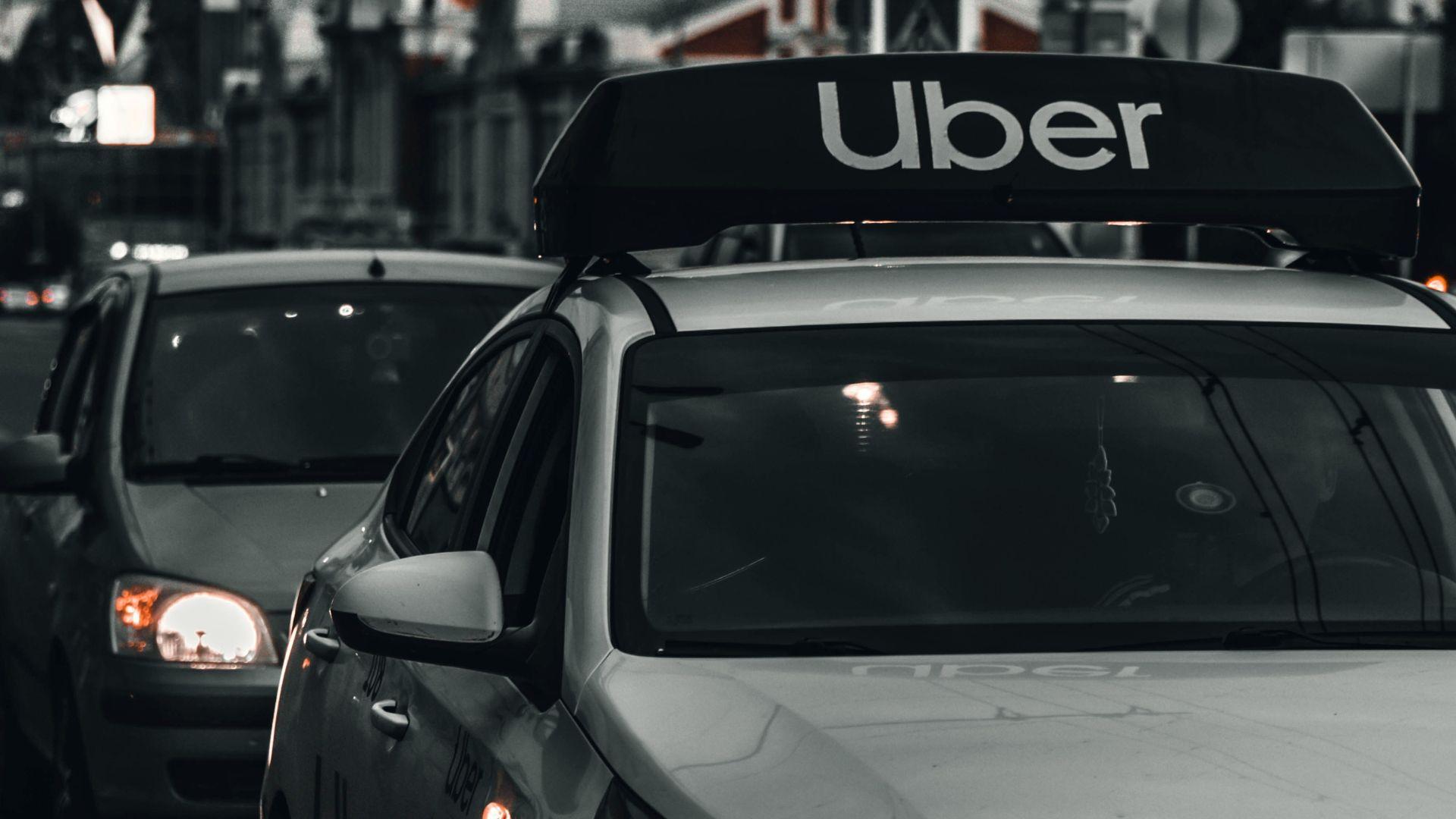
Business Insider reveals that Ceran’s workweek is extensive, ranging between 50 and 60 hours of driving.
He follows a strict schedule, driving from 7:30 a.m. to 5:30 p.m. every weekday, taking Wednesdays off, maintaining the same hours on Saturdays, and working from 11 a.m. to 5:30 p.m. on Sundays.
Navigating Financial Highs and Lows
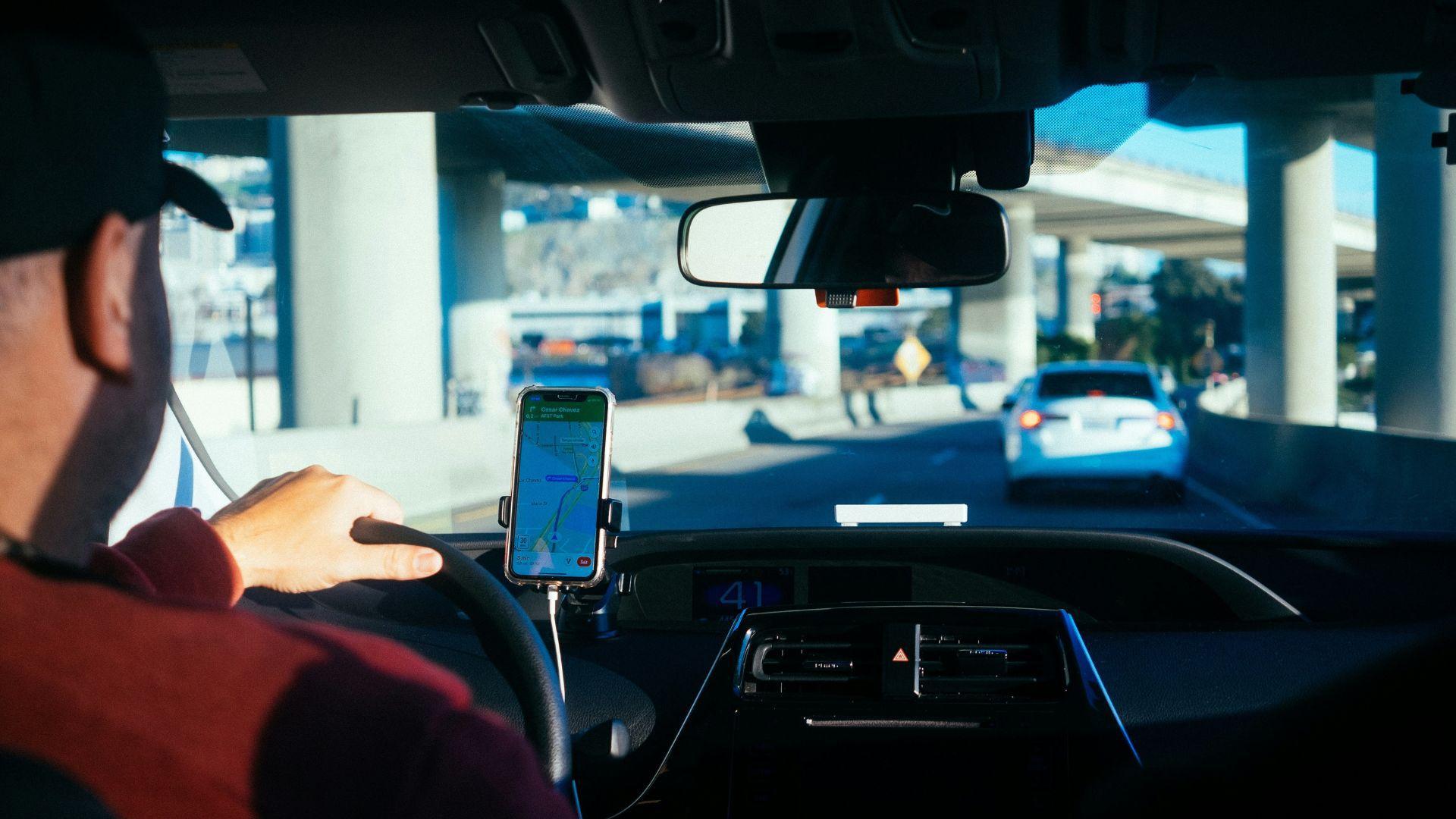
In 2023, Ceran earned over $103,000 from Uber, yet his take-home profit was only about $20,000 after expenses and Uber’s commissions, Business Insider reports.
These figures highlight the significant impact of operational costs and fees on drivers’ earnings.
Pros and Cons of Uber Driving

Ceran shared his perspective on driving for Uber, stating, “The pros are the money I earn and the people I meet along the way. The cons are the time it takes to keep track of all the expenses.”
This reflects the mixed experiences of ride-sharing, balancing rewarding encounters and earnings against the challenges of managing costs.
The Social Aspect of Driving
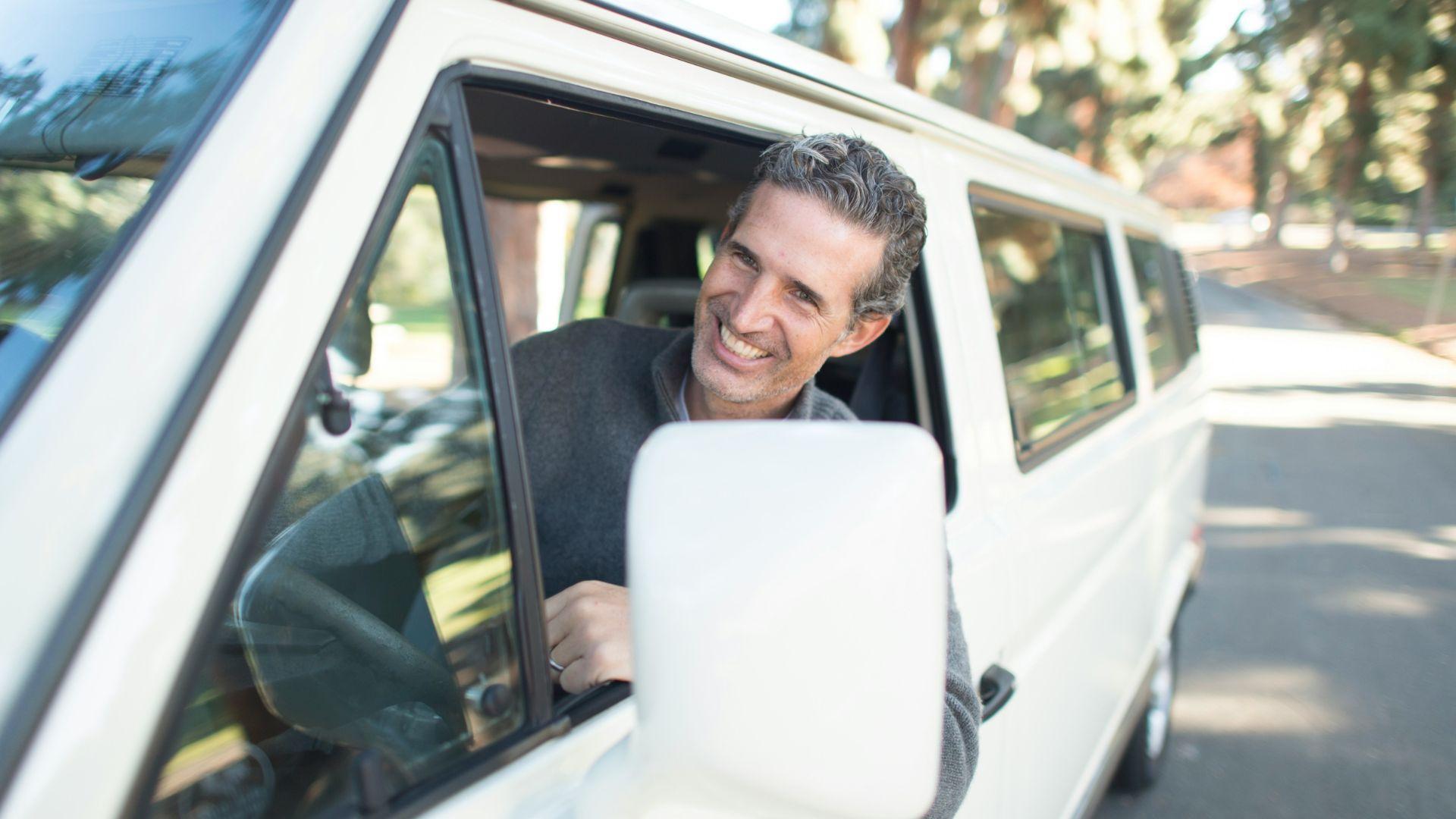
Beyond the financial aspects, Ceran tells Business Insider that he appreciates the social interactions that come with driving for Uber.
He enjoys meeting a diverse range of people through his work, indicating that the job offers more than just monetary rewards. This aspect of ride-sharing provides a unique value to drivers who value social engagement.
Strategy for Success in Ride-Hailing
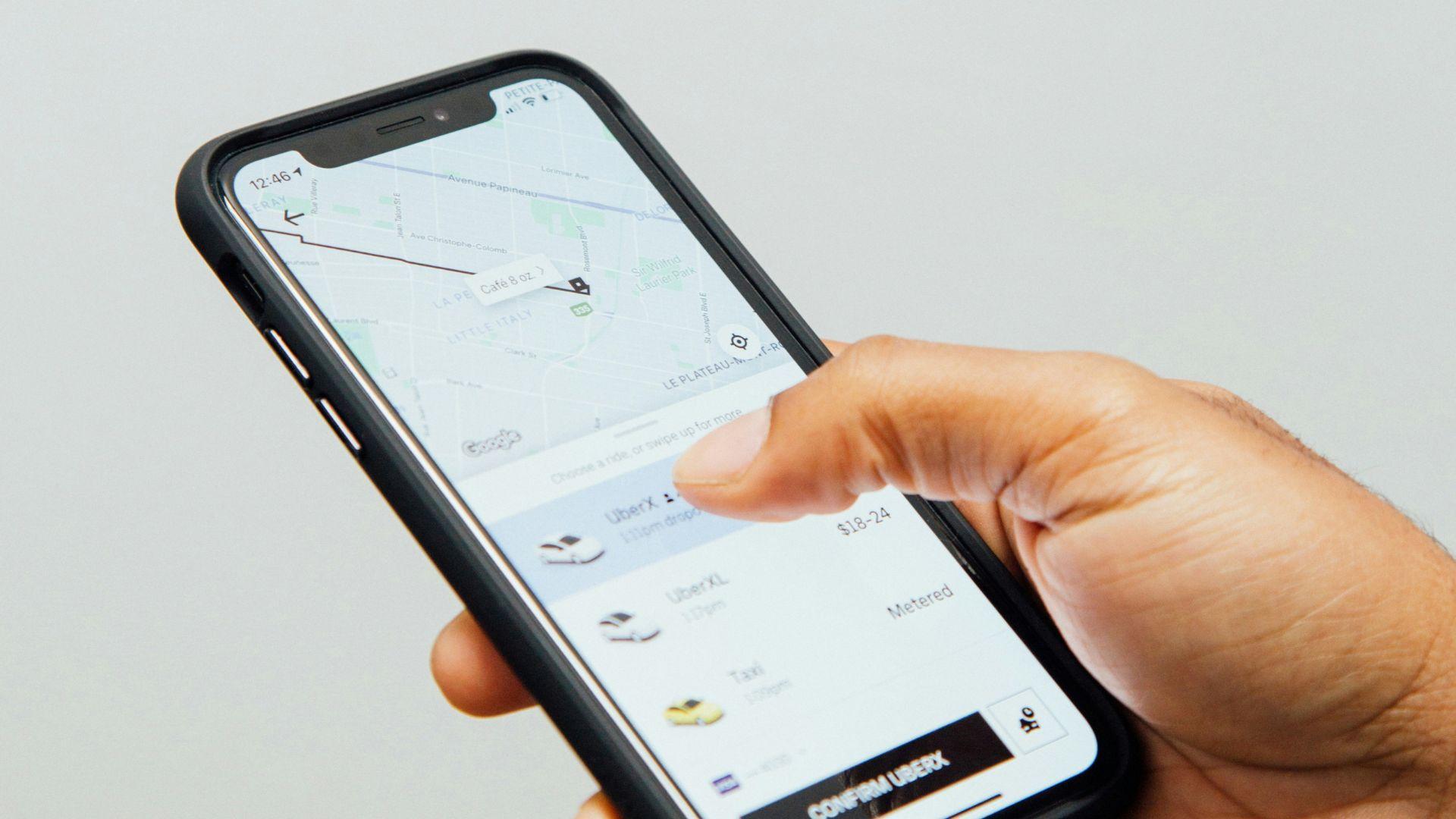
Business Insider explains that in order to maintain his earnings, Ceran adopts a proactive approach by accepting nearly every ride request, boasting a 99% acceptance rate
This strategy helps him maximize his income by continuously engaging in trips.
The Changing Dynamics of Ride-Hailing

Recent shifts in the ride-hailing industry, including increased driver numbers and algorithm changes, have affected profitability.
Business Insider notes that drivers, including Ceran, have noticed these changes and stress the importance of diligently monitoring earnings to ensure the work remains economically worthwhile.
Tax Deductions and Driving Expenses

Ceran navigates the financial aspects of ride-sharing by leveraging tax strategies, such as the IRS’s standard mileage deduction, to manage his expenses, according to Business Insider.
In 2023, he could deduct $0.65 for every business mile driven, a method that simplifies accounting for vehicle-related costs and demonstrates the importance of understanding tax regulations in maximizing take-home pay.
The Real Cost of Driving for Uber

Ceran’s experience highlights the substantial expenses associated with driving for Uber, including vehicle maintenance, gas, insurance, and tolls.
Business Insider details how these costs significantly reduce the gross income from ride-sharing, emphasizing the financial challenges drivers face in maintaining profitability.
Governor Walz’s Stance on Rideshare Legislation
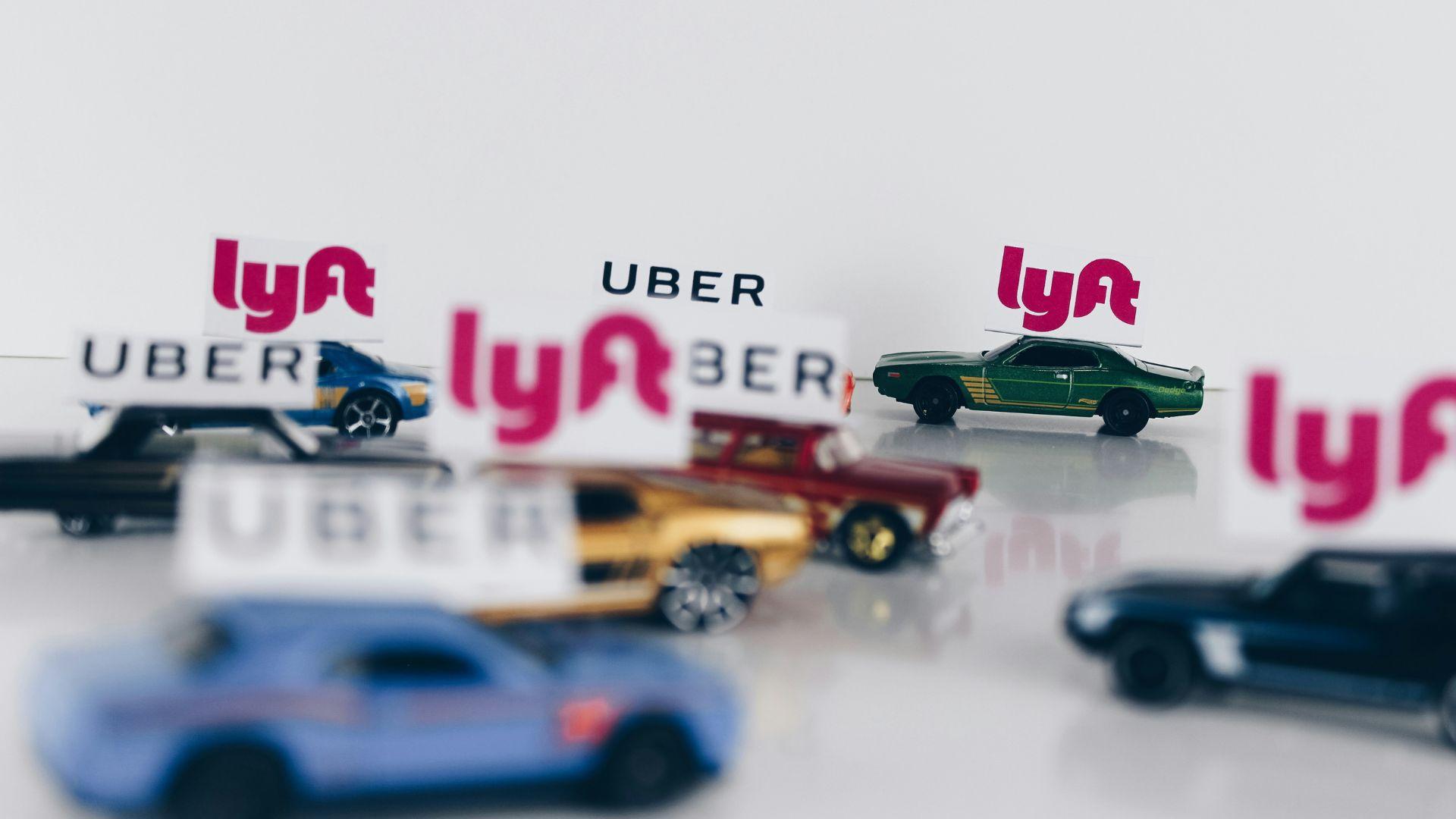
AP News reports that the Governor of Minnseota, Tim Walz, vetoed a significant bill aimed at increasing pay and ensuring job security for Uber and Lyft drivers in Minnesota, citing concerns over escalating costs and potential service disruptions.
Despite his commitment to fair wages and safe working conditions for rideshare drivers, Walz argued the bill failed to strike a balance between drivers’ needs and broader service implications.
Proposed Bill’s Impact on Rideshare Ecosystem

The proposed legislation sought to set a minimum fare of $5 per ride or $1.45 per mile and 34 cents per minute within metropolitan areas, with slightly reduced rates for other parts of Minnesota, AP News reveals.
It also aimed to protect drivers from arbitrary deactivation, ensuring greater job security. However, Uber’s threat to restrict services and increase prices in response raised concerns about making Minnesota’s rideshare market one of the most expensive, akin to cities like New York City and Seattle, leading to the governor’s veto.
The Decision to Continue Driving
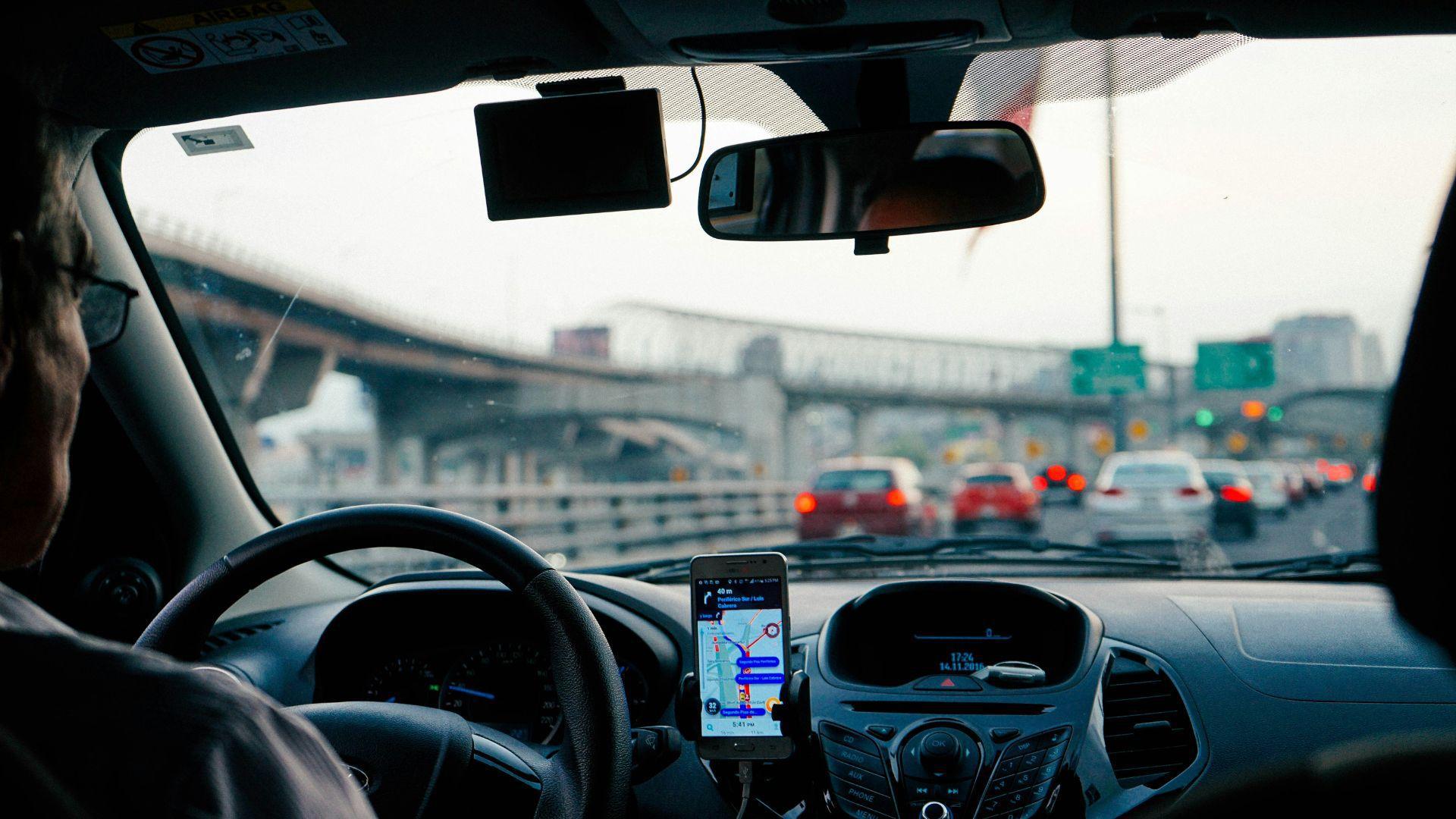
Business Insider reveals that, despite the financial and operational challenges of ride-sharing, Ceran is determined to continue driving for Uber.
He believes the work allows him to meet his financial objectives and enjoys the benefits it brings, including the social interactions and the independence of being his own boss.
